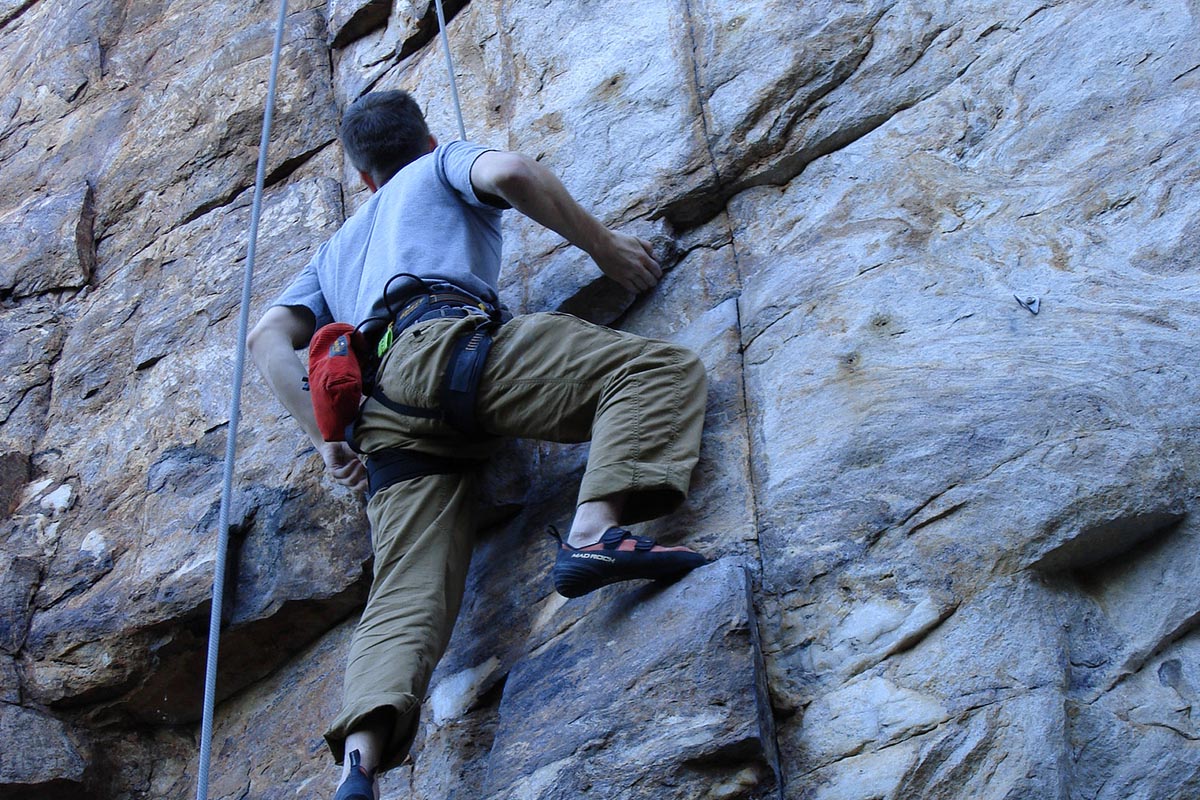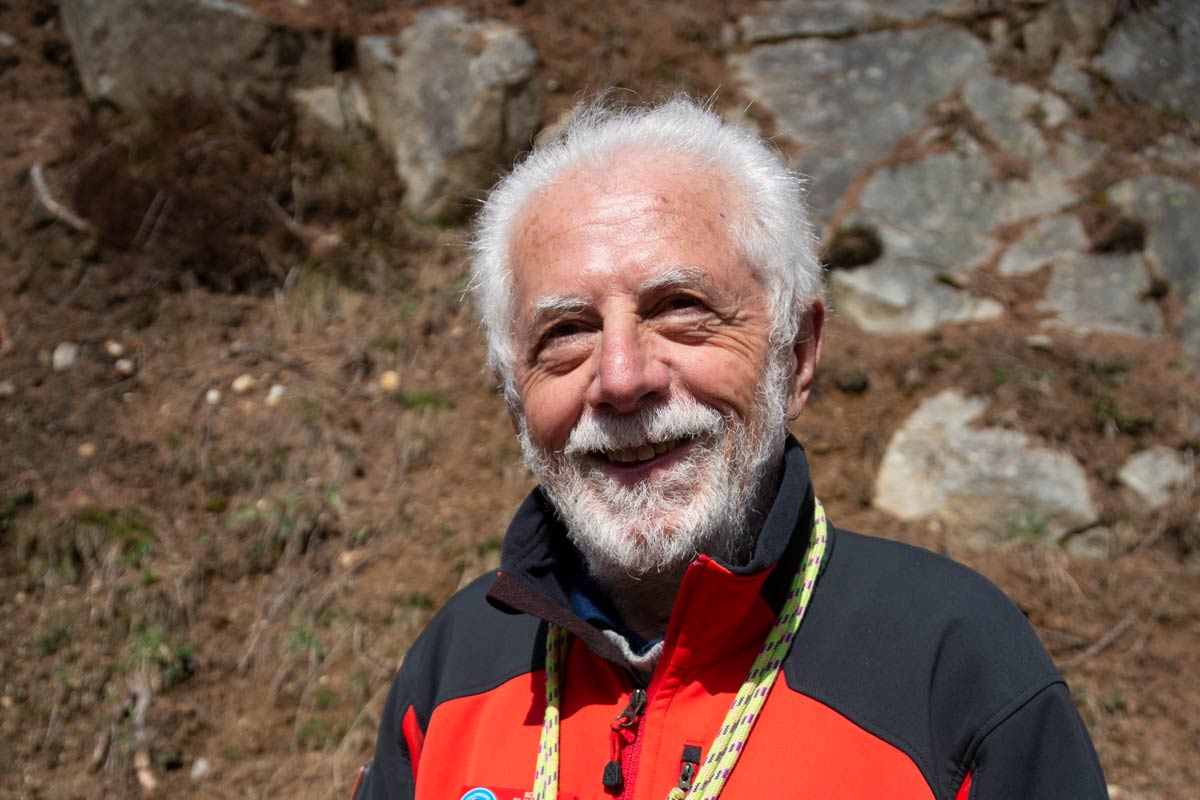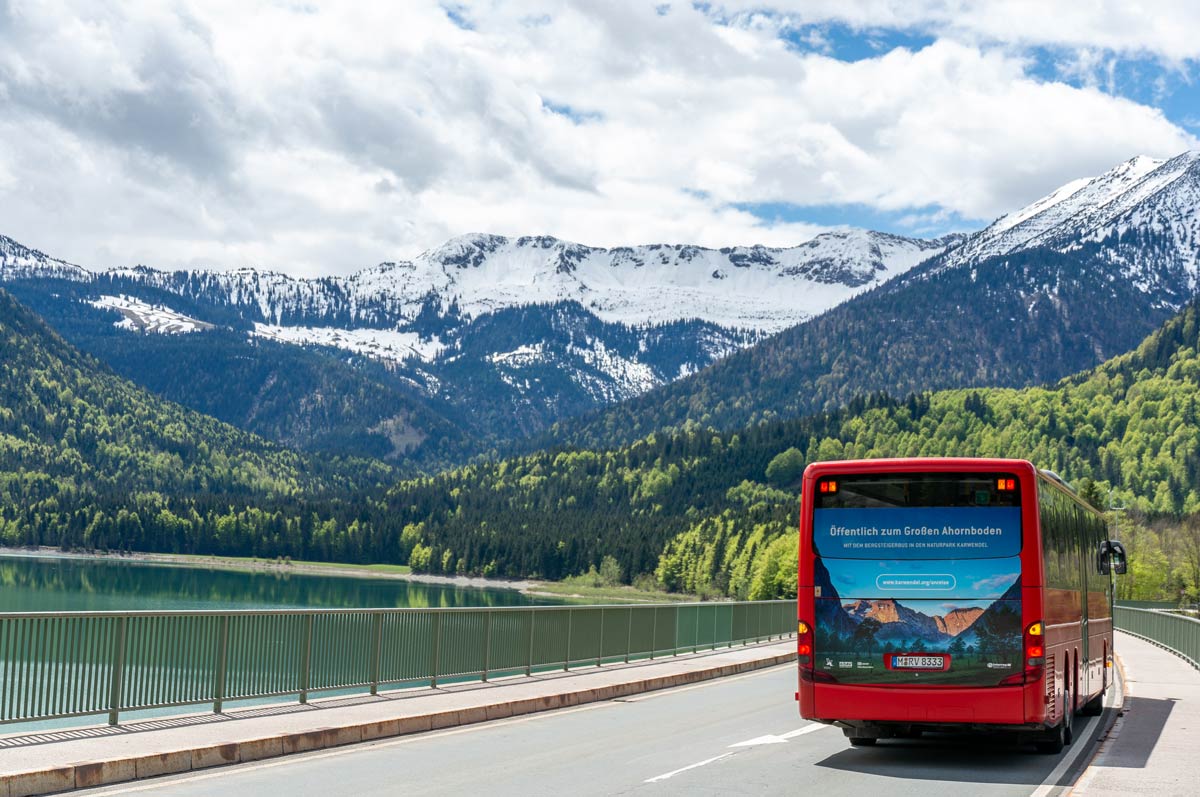Preservation of Natural Rock for Adventure Climbing
Debate between bolting and trad-climbing addressed in paper
The debate over whether to bolt or not to bolt on mountains has been renewed with a new working paper on a controversial issue that often pits sport climbers versus adventure (trad) climbers.
“Through this paper the UIAA has prepared, sport climbing and adventure climbing can find ways to coexist,” said management committee member Doug Scott who pioneered the debate. “We must know where we came from and where the future of climbing is going.”
Despite earlier attempts by the UIAA to offer guidance on fixed equipment and the conservation of natural rock, bolts continue to be placed in areas where many climbers wish they were not.
This document evaluates the history and appeal of different forms of rock climbing, and considers earlier attitudes to fixed gear.
It also considers how the case for adventure climbing can be re-stated more effectively and asks for guidance from the UIAA for Federations in developing countries on how to sustain the balance between sport and adventure climbing.
Finally, in the appendix, it offers the views of leading climbers and climbing thinkers on how progress can be made in reaching a more balanced approach to meeting the needs of adventure and sport climbers and the environment.
The paper focuses on three kinds of climbing:
Adventure or traditional climbing: The common feature was and is that the “traditional” climbing team leaves no trace of their passage and is thus considered environmentally friendly.
Sport Climbing: Refers to rock climbing characterised by permanently fixed, generally bomb-proof anchor points which are typically a bracket and bolt inserted into a drilled hole and usually glued into place
Bouldering: Refers to a style of rock climbing usually less than five metres without rope and with just climbing shoes, a chalk bag and a mattress-like crash mat.
Iniatives Proposed for Advancing the Preservation of Rock for Adventure [Trad] Climbing:
- The dissemination of information in this document is vital. The UIAA will therefore do all it can to distribute it widely and have it translated into several different languages.
- To engage with the Training Panel [TP]. The TP is prepared to give practical help and encouragement by instructing the coachers in the best way to teach traditional climbing as well as sport climbing.
- The UIAA will locate and distribute or commission DVD films and literature about adventure climbing suitable for developing countries and young people.
- The UIAA helps climbers attend international adventure-climbing meets. Support and encouragement will also be given through instruction at youth camps in areas of need, mainly through the Youth Commission.
- The UIAA will actively look at ways and means of enabling developing countries to obtain self-protection/trad equipment direct from climbers and climbing organisations in developed countries and also from manufacturers. It will also look into moving equipment to developing countries via contacts made through social media.
- The UIAA suggests that each federation forms a separate traditional climbing committee/group consisting of regular climbers, guide book editors and older, experienced traditional climbers. It could then easily liaise with the UIAA through the MC on all the above initiatives.
- The UIAA considers it advantageous to connect with initiatives already underway to tackle the problem of keeping rock unbolted such as the Mountain Wilderness supported “keepwild! climbs” of Switzerland and “appel des jeunes grimpeurs et alpinists” of France – mountainwilderness.org. The UIAA will endeavour to support and make their activities more widely known.
- Federations are recommended to lodge their policy statements on drilling with the UIAA website, theuiaa.org. They could be useful when other Federations are formulating their own policies. Federations are also recommended to produce a paper to alert visiting climbers to the ethics they have applied.
- Federations are encouraged to produce a brief inventory of their rock environments under the categories “natural” or “bolted”. Many Federations have created a bolt fund to replace worn out corroded bolts. It would be helpful if the bolt fund were seen to be working both ways – not only to ensure good bolt protection but also to remove bolts that are in the opinion of the local consensus inappropriately placed.
- The UIAA has created a file in which Federations can record those visiting climbers who transgress the local ethics and either retro bolted existing trad routes or drilled on a crag that had been designated for adventure climbing only.
Read the full paper here.



